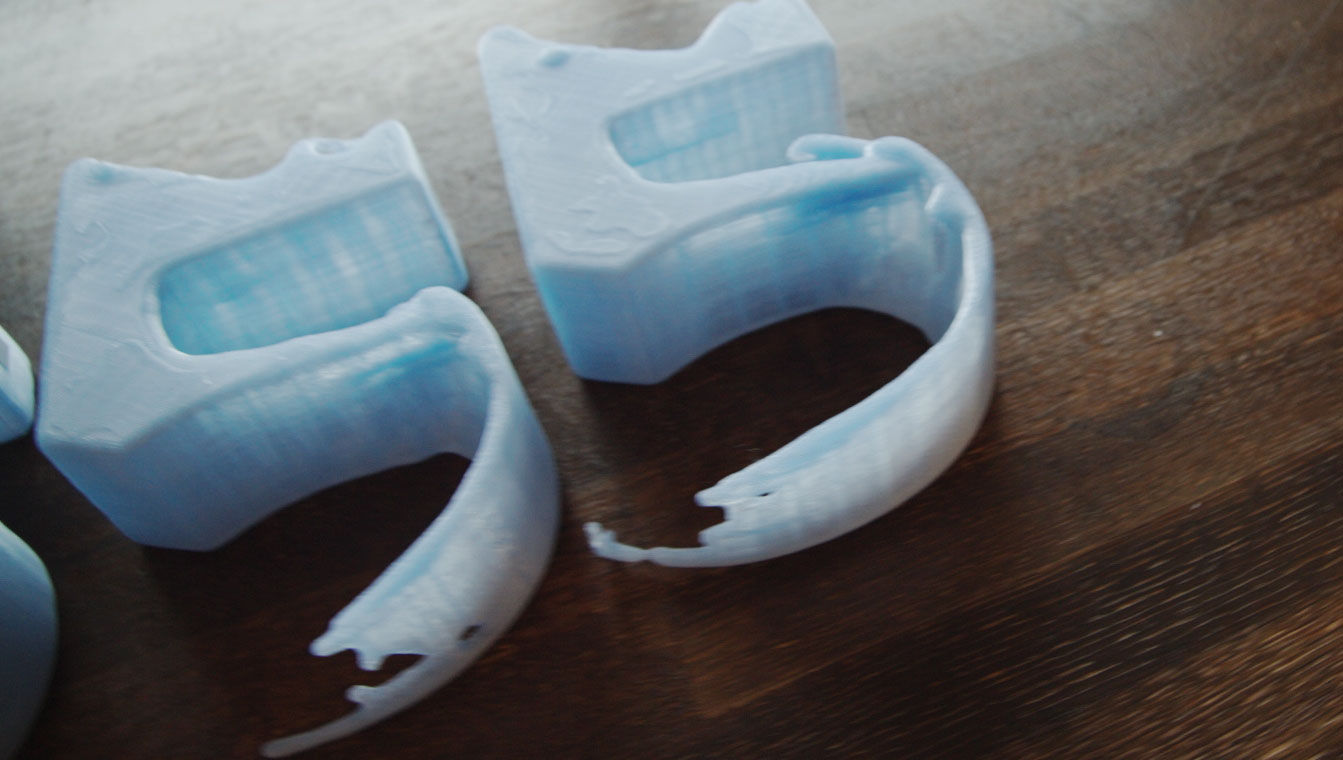Creativity Top 5
Creativity Top 5 is a webcast that covers the five most interesting things happening in the advertising industry each week. Not only do they spotlight amazing commercials and campaigns, but they also touch on innovative, forward-thinking ideas and techniques that make a splash on the advertising landscape. This intro pays homage to the artists in the trenches who create the work featured on the show.
Role: Executive Creative Director
Team: Hue+Cry
Intro Sequence
Behind the Scenes
We started by surveying the creative world, looking for new art forms. We discovered some interesting crafts and technologies that have sprung up in recent years, such as light painting, knit bombing, and 3D printing. From there, we paired these new art forms with various animation styles to build a rich story showcasing over a dozen techniques.
Crafting the Numbers
#1: Light Painting: Traditionally, light painting is a simple process using long exposures to capture the path of a moving light. This evolved version of light painting, sometimes referred to as iPad light painting, uses a complex process of “scanning” 3D animation, then live rendering frames by pushing an iPad past an open lens.
#2: Knit Bombing: We were lucky that our lead animator happens to be a talented knitter. With that capability, we were able to develop the type form with multiple layers of string over a wire frame, giving us complex and beautiful animation.
#3: Creative Technology: We teamed with creative technologists to build an army of small robots capable of building the number 3, each with a different capability needed to place a certain section of the number.
#4: Claymation: This number was a particularly tedious execution. Claymation is not a rare art form, but you generally do not see organic tendrils consuming an off-balance object and taking the shape of a clean, defined letterform. At the more complex moments in the move, sculpting and shooting each frame would take four hours.
#5: 3D Printing: We created a fluid simulation of the 5 filling with liquid, printed physical models for each frame using a 3D printer, and photographed them in sequence to create practical animation. BUT, we hit a snag. After two months, we had only printed 40 of the 120+ frames due to countless 3D printer errors.
![]()
![]()
![]()
![]()
![]()
![]()
![]()
![]()
Behind the Scenes
We started by surveying the creative world, looking for new art forms. We discovered some interesting crafts and technologies that have sprung up in recent years, such as light painting, knit bombing, and 3D printing. From there, we paired these new art forms with various animation styles to build a rich story showcasing over a dozen techniques.
Crafting the Numbers
#1: Light Painting: Traditionally, light painting is a simple process using long exposures to capture the path of a moving light. This evolved version of light painting, sometimes referred to as iPad light painting, uses a complex process of “scanning” 3D animation, then live rendering frames by pushing an iPad past an open lens.
#2: Knit Bombing: We were lucky that our lead animator happens to be a talented knitter. With that capability, we were able to develop the type form with multiple layers of string over a wire frame, giving us complex and beautiful animation.
#3: Creative Technology: We teamed with creative technologists to build an army of small robots capable of building the number 3, each with a different capability needed to place a certain section of the number.
#4: Claymation: This number was a particularly tedious execution. Claymation is not a rare art form, but you generally do not see organic tendrils consuming an off-balance object and taking the shape of a clean, defined letterform. At the more complex moments in the move, sculpting and shooting each frame would take four hours.
#5: 3D Printing: We created a fluid simulation of the 5 filling with liquid, printed physical models for each frame using a 3D printer, and photographed them in sequence to create practical animation. BUT, we hit a snag. After two months, we had only printed 40 of the 120+ frames due to countless 3D printer errors.







